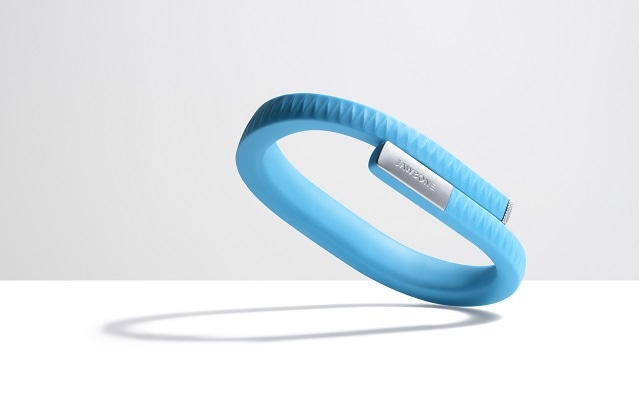
Image Credits: Sergey Nivens/shutterstock.com
The world of wearable technology has taken a huge leap forward since the days of light up stereo T-Shirts. Consumers now have a choice of what tech they should wear. Samsung, Sony, Apple and Nike are a few of the companies taking advantage of this trend, but how is this technology shaping the next generation of products and what will the world look like as it takes hold?
Many wearable devices are concealed in what otherwise looks like an everyday item, but will the wearable technology of the future resemble classic big screen characters like Iron Man and RoboCop?
We will have to wait and see how this industry develops, but there are plenty of examples we can look at today which can give us a glimpse of the future.
Wristbands
The Jawbone 'Up' is one such product taking advantage of this new craze. Packed with a motion sensor and a vibration motor, the UP can detect changes in speed and direction and then convert this into useful information for the user, including steps taken and calories burned.

Image Credits: UP by Jawbone - Blue
An accelerometer, like the one used inside the UP, has two outer layers called capacitance plates which carry an electrical charge. Between these plates sits a weight. When motion is applied to the weight it forces it to move closer to one plate and further away from the other. This increases the capacitance and the sensor registers this as movement.
Other wrist bound technology includes Samsung's new 'Gear Fit' smart watch which includes a built in heart rate sensor to help the user monitor their fitness goals.
Entering the World of Fashion
Wearable technology has also started to appear in fashion. Ralph Lauren have recently launched their new 'POLO' the polo tech shirt.
The shirt incorporates biosensing silver fibers that are woven straight into the shirt material. This allows the user to gain comprehensive biometric data directly on their smartphone or tablet.
Another fashion tech company taking advantage in this market are Netatmo. The company recently released their new smart jewelry item called 'JUNE'. The bracelet can monitor the users exposure to UV levels throughout the day and offers advice on sun protection.
Video Courtesy of Netatmo YouTube Channel
Virtual Reality
Samsung recently released their virtual reality headset at the Ifa tech show in Berlin.
The Gear VR uses an array of sensors including an accelerator, gyrometer and proximity sensor to offer the user a virtual reality experience.
The headset gives the user a wide viewing experience with its large screen and lets the user feel the world beyond their peripheral vision.
Catalytic Clothing
Fitness and fashion are not the only areas exploring the possibilities of wearable technology.
A project run by Professor Tony Ryan from the University of Sheffield and Artist Helen Storey, uses catalytic clothing to purify the air we breathe.
Using a photocatalyst the clothing can break down air borne pollutants. When sun light hits the photocatalyst, the electrons found in the material are rearranged making them become more reactive. The electrons then react with water in the air and break it up into two radicals. These radicals are then free to react with the pollutants resulting in non-harmful chemicals.
Video Courtesy of The University of Shefield YouTube
Looking Forward
It may be to early to say how this emerging market is going to progress into the future, but with projects like Catalytic Clothing we may see wearable technology not only improving our lives but the environment we live in.
Sources and Further Reading